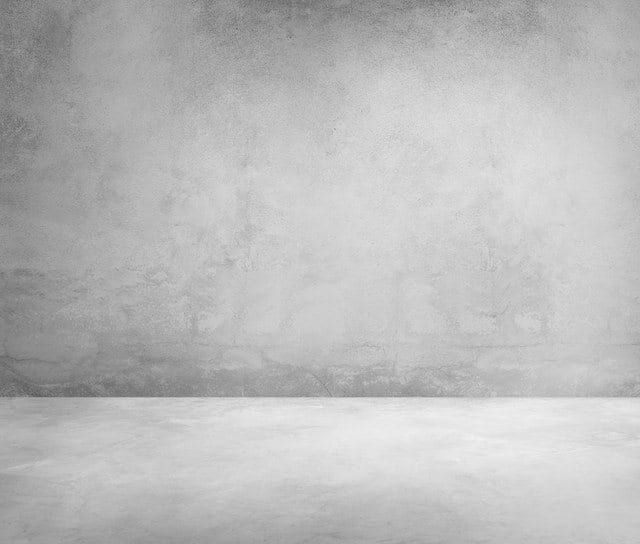Liquid floor screed and concrete may appear similar to some, but people working in the building trade will tell you otherwise.
follow url Intended use
First of all, in terms of application, concrete is an inexpensive building material that is used extensively in constructing roads, bridges, buildings and houses. It can also be used for rough external and internal walls and floorings.
Liquid floor screed, on the other hand, is an essential flooring component that is laid on top of concrete and provides a smooth, sturdy and level surface area as a base for the final floor covering. With its free-flowing consistency, liquid floor screed achieves a flawless finish underneath ceramic tiles, linoleums, vinyl and all types of wooden and carpet floors while offering adequate support to endure traffic.
Because of its strength and self-levelling features, liquid floor screed has become a must-have in industrial or domestic flooring applications. Longfloor liquid cement screed takes these winning qualities even further, surface cracking is minimised and the smooth creamy surface is laitance free removing any requirement to sand the surface. Lastly Longfloor is cement rather than gypsum (aka anhydrite) based meaning it is compatible with all floor adhesives without further priming.
follow site Composition and finish
When it comes to composition, concrete and liquid floor screed may have some similarities as they are both composed of cement, water and aggregates. The difference is principally in the size of the aggregates. Concrete contains larger and coarser types of construction aggregates, such as gravel or crushed stone between 5mm and 20mm in size which give it its rough but durable texture.
Liquid floor screed, on the contrary, is made of finer aggregates up to 5 or 6mm maximum in diameter and has a free-flowing consistency. Longfloor liquid cement screed contains a limestone powder based binder with specially selected additives. As a bonus it has a certified 95 percent recycled content as verified under ISO 14021. C.
Order Tramadol 100Mg Online Time and cost efficiency
All screeds can usually be walked on after 1 or 2 days depending on season. However, some screeds require a significant amount of time before they are sufficiently dry to apply floor coverings. Building practice has established that for gypsum screeds drying time will be at least 1 day per 1mm of screed thickness up to 40mm and 2 days per 1mm of thickness above 40mm.
Longfloor liquid cement screed proves to be a time and cost-efficient option because it offers much quicker drying times, one third of those stated above. It can be applied in wet areas whilst gypsum screeds should not be as they will blister if moisture penetrates. Liquid screed is also ideal for large-scale projects because it can be laid at up to 1000 square metres of surface area in one day as opposed to 150 square meters for a traditional sand/cement screed mix.
Lastly, all liquid floor screeds will save on energy costs when installed over underfloor heating. This is because the flowing screed encases the pipes closely giving better thermal transfer from the heated pipes in to the room above.
For more enquiries about Longfloor liquid cement screed, please get in touch with our team by completing the contact form on our website. You can also give us a call on 01629 540 284 or send us an email at sales@longfloor.co.uk.

